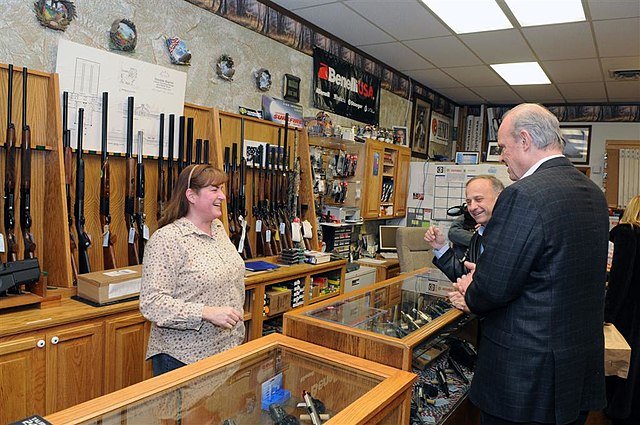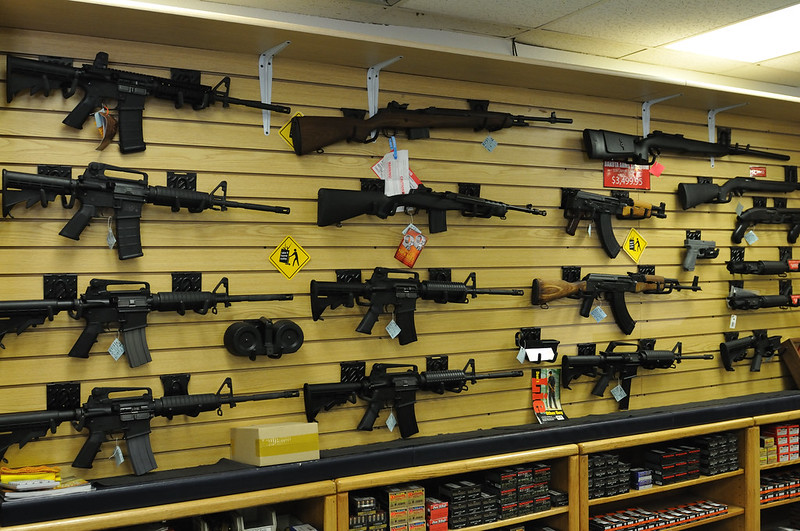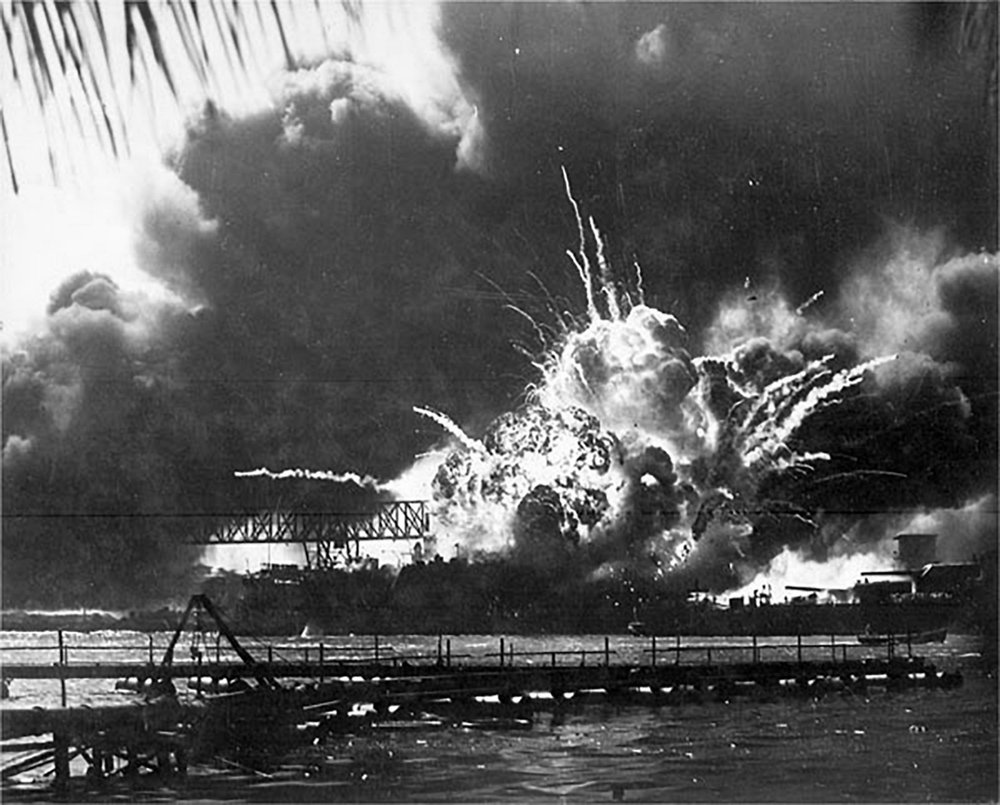
Photo courtesy of freddthompson
Do you dream of one day running your own firearm-related business? Regardless of whether it’s selling guns, building them, repairing them, or any other gun-related job, you’re going to need one thing: an FFL. We’ll take a closer look at FFLs in this post, including what they are, different license types, and how to get one.
What is an FFL?
Short for “Federal Firearms License,” an FFL is exactly what it sounds like. Essentially, it’s a license that you’ll need to acquire from the ATF before you can run any kind of gun-related business. For the record, some types of gun-related businesses don’t require an FFL (for example, making wooden furniture for AKs). But for the vast majority of gun jobs, you’re gonna need to acquire your FFL.
FFL License Types
To make matters more complex, there’s no single license that covers every type of firearm business. In other words, you can’t just get one FFL and call it a day. Instead, there are nine different types of FFLs, which may or may not be legal in your jurisdiction depending on local rules. They include:
Type 01: Firearm Dealer/Gunsmith
Type 02: Pawnbroker
Type 03: Collector
Type 06: Ammo Manufacturer
Type 07: Firearm Manufacturer
Type 08: Firearm Importer
Type 09: Destructive Device Dealer
Type 10: Destructive Device Manufacturer
Type 11: Destructive Device Importer
In addition to your FFL type, you may also need to acquire another license called a “Special Occupational Taxpayer” (SOT). You’ll need an SOT if you want to import, manufacture, or build any firearm regulated by the NFA. That includes items like machine guns and grenades. There are three different types of SOT licenses:
Class 1 SOT: NFA Item Importer
Class 2 SOT: NFA Item Manufacturer
Class 3 SOT: NFA Item Dealer
That may sound complicated, but it really isn’t once you understand the rules. What it really all comes down to is what you’re trying to do with your business. Let’s look at an example. Want to build and sell guns and machine guns? Not only will you need a Type 01 and Type 07 FFL, but you’ll also need a Class 2 and Class 3 SOT.

Photo courtesy of Michael Saechang
How to Get an FFL
Learning how to get an FFL (and actually acquiring one) can be a process. Generally, the entire process takes about 60 days from the time you first submit your correct paperwork. First, you’ll need to complete an ATF Form-7 and submit it (along with a licensing fee) to the ATF. Then, the ATF will run a background check on you and pass off your info to a local office.
After that, a locally-based ATF investigator will meet up with you to conduct an in-person interview. Then, the investigator will pass up the results of your face-to-face meeting up their chain of command. If everything looks good, the ATF will approve your business and you’ll be good to go.
Do I Need a FFL to Work as a Gunsmith?
Ah, the burning question: “do I actually need a FFL to work as a gunsmith?” And the answer is a resounding “maybe.” That may not sound particularly promising, but here us out. If you want to own and operate your own gunsmithing business, you absolutely, positively need to have an FFL. HOWEVER (there’s always a “however”), you can freely work for another FFL holder as a gunsmith under their license. In other words, if you’re going to be an employee at a gunsmith shop, you won’t actually need to acquire an FFL yourself.
But before you can do that, you’re going to need a fair bit of training. That’s where SDI can help. Learn more about our gunsmithing degree and certificate programs here.



